Chapter 3
Atmospheric seeing and its amelioration
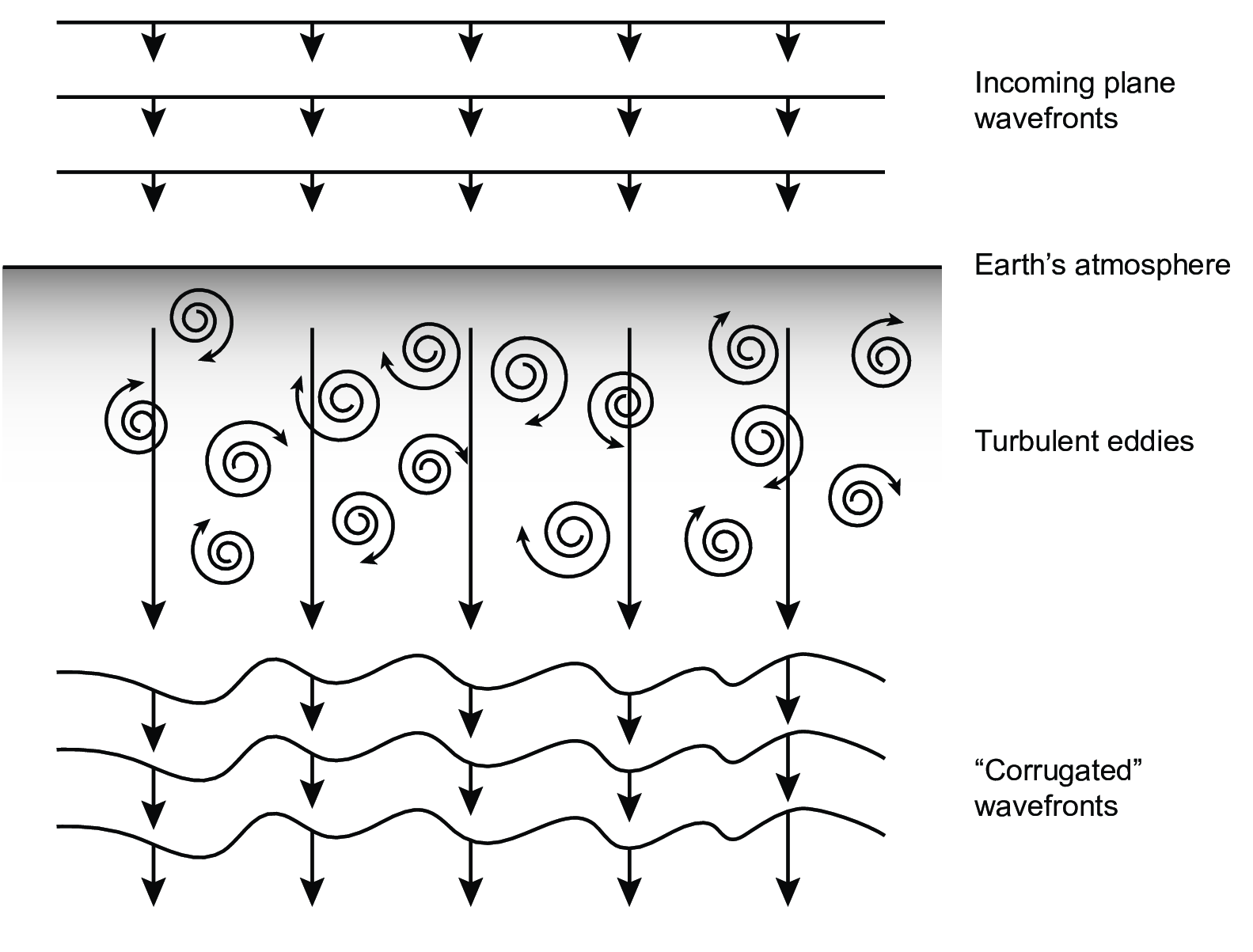 |
Figure 3.1:
Schematic diagram of an initially-plane wavefront propagating through the atmosphere. SVG file: corrugated-waves.svg
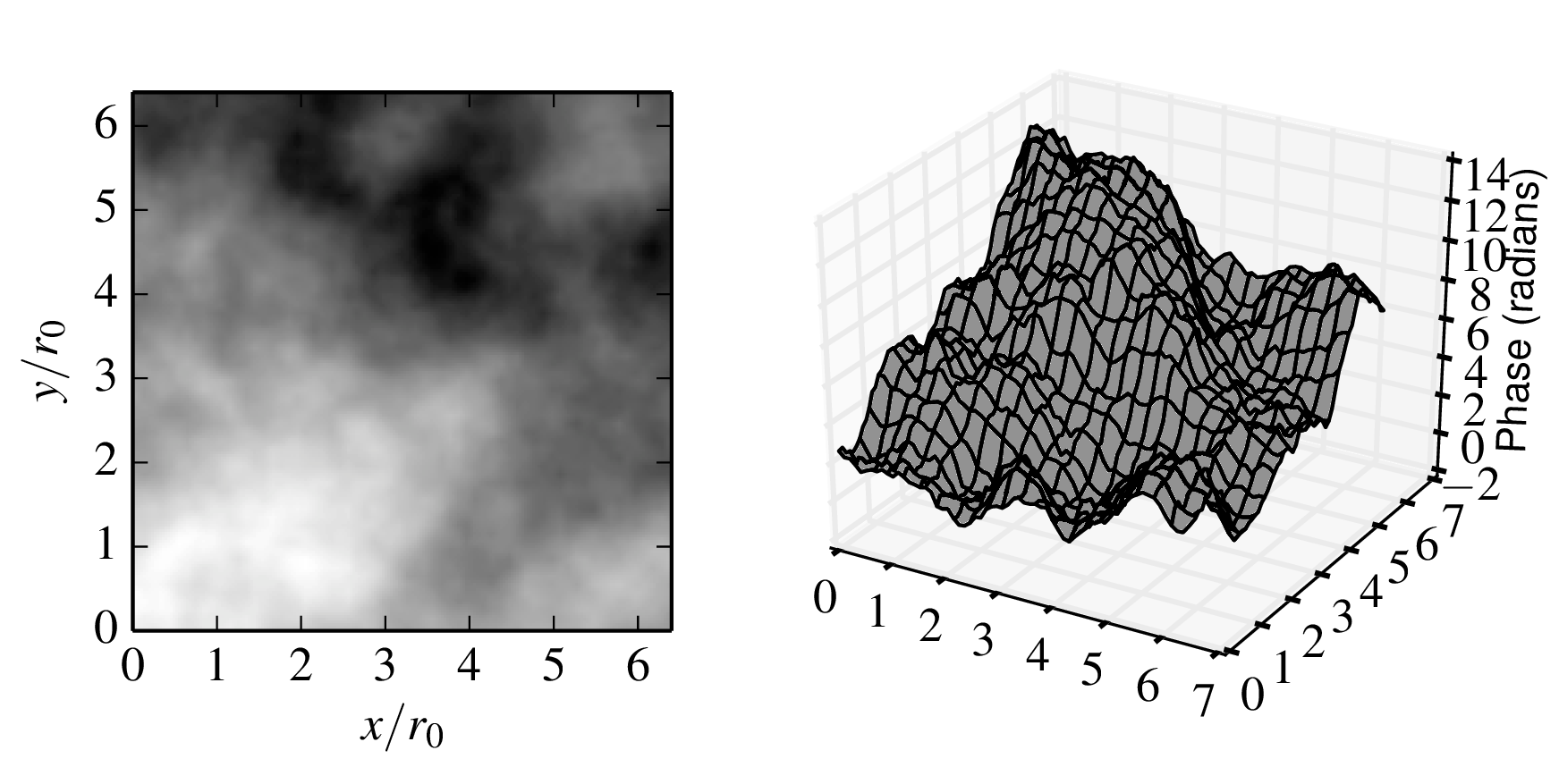 |
Figure 3.2:
Atmospheric wavefront perturbations generated using a numerical simulation. The left hand image is a greyscale image of the surface plotted on the right. Python file: phasescreen.py
 |
Figure 3.3:
Simulated images of a point source of light (a) seen through a diffraction-limited telescope of diameter d (b) seen in a short exposure through the same telescope affected by atmospheric seeing with a Fried parameter given by r0=0.1d and (c) seen in a long exposure through the same telescope and seeing. Python file: speckle.py
 |
Figure 3.4:
The motion of fringes seen on an 80-metre baseline on the SUSI interferometer. From .
SVG file: davistemporal.svg
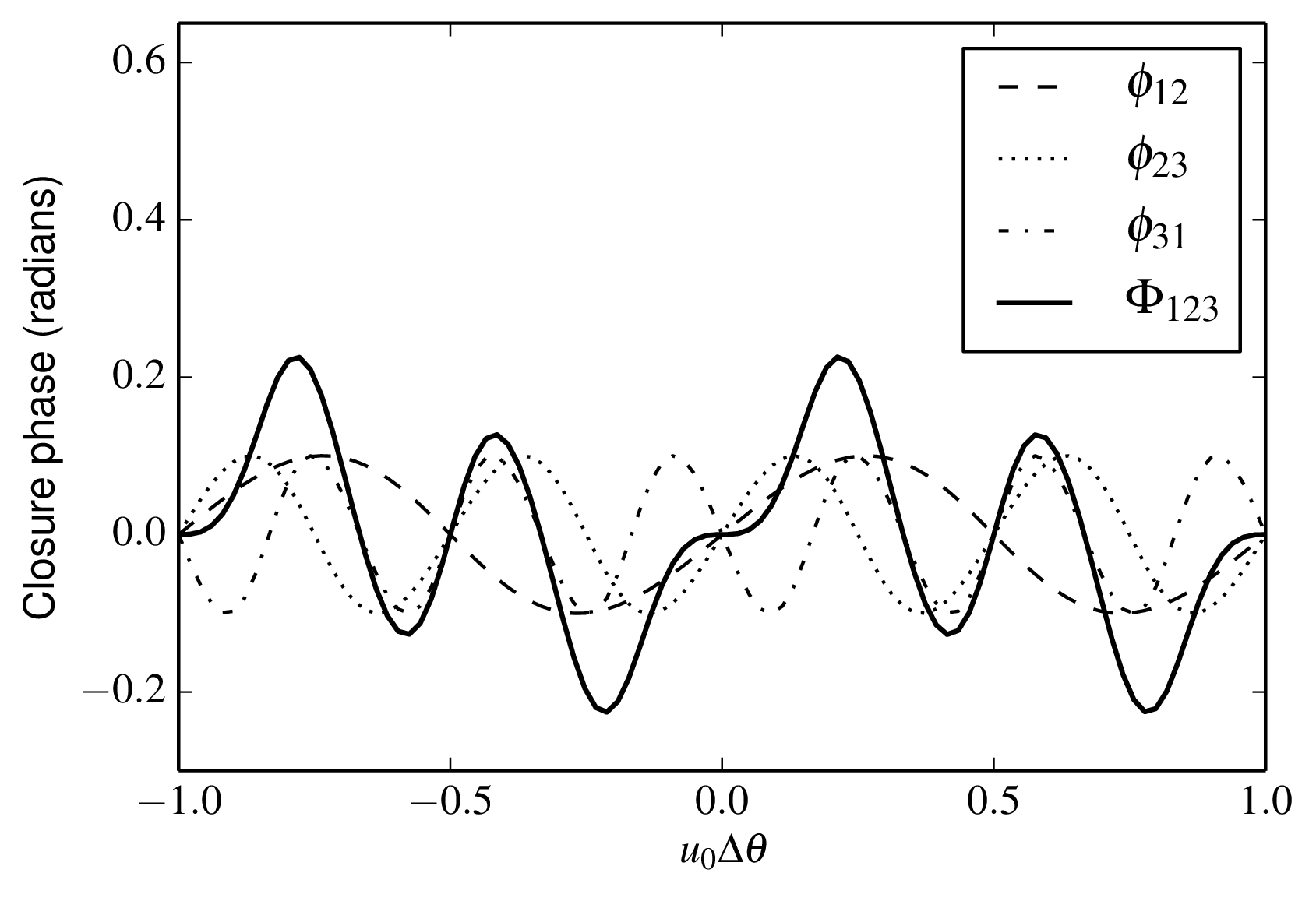 |
Figure 3.5:
The closure phase measured on a binary star system as a function of the separation ∆θ of the pair of stars. The flux ratio of the pair is 10:1. In this one-dimensional example, the baselines form a "linear triangle" with lengths u0, 2u0 and 3u0 and the angular separation of the pair of stars is assumed to be parallel to the direction of the baselines. The individual phases ϕ12, ϕ23 and ϕ31 are shown, together with the closure phase ϕ123=ϕ12+ϕ23+ϕ31. Python file: clpbinary.py
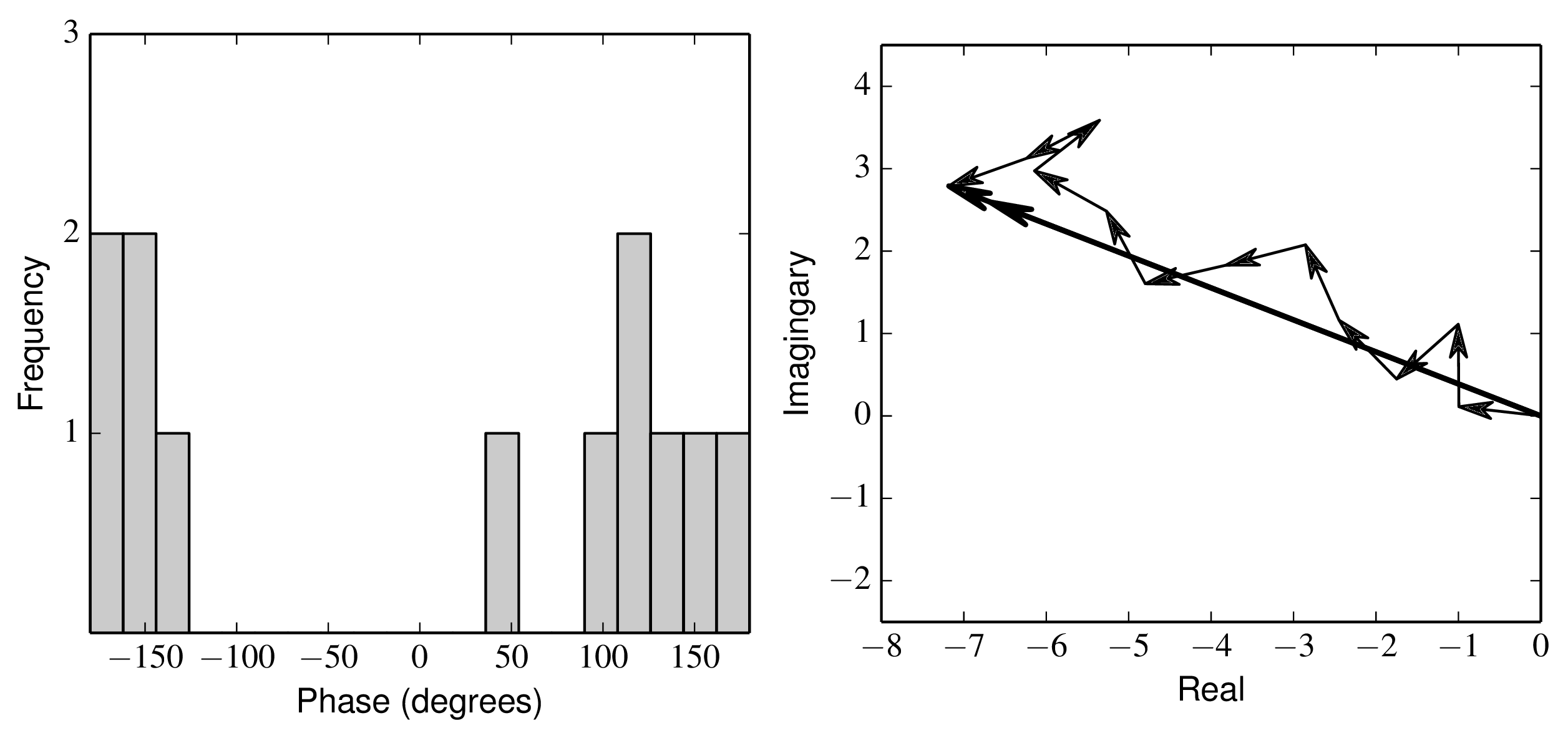 |
Figure 3.6:
Histogram of a sample set of phases (left) and "vector averaging" of this set of phases (right). The arithmetic average of the phases is 3° , while the vector average phase is 159° . Python file: vectoraverage.py
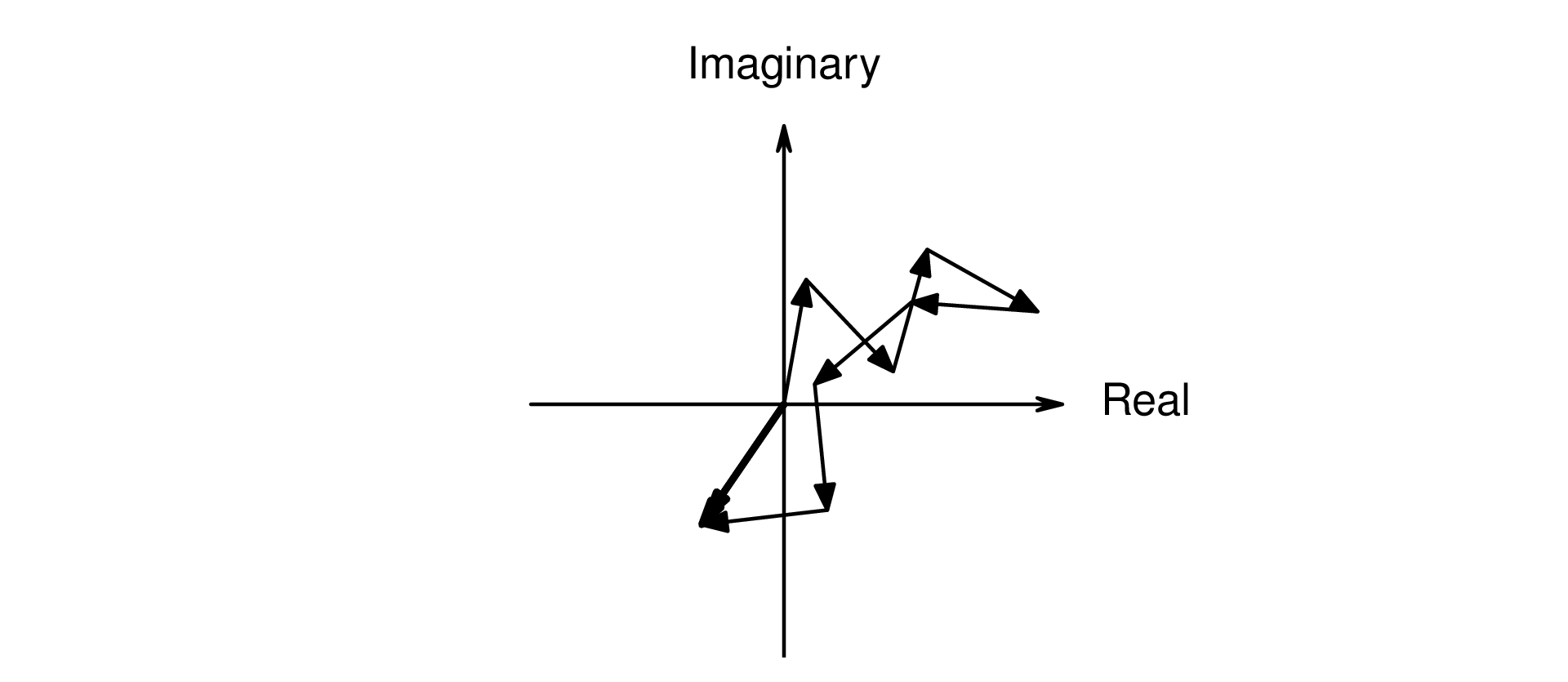 |
Figure 3.7:
A simple random-walk model for the fringe visibility. Python file: randomwalk.py
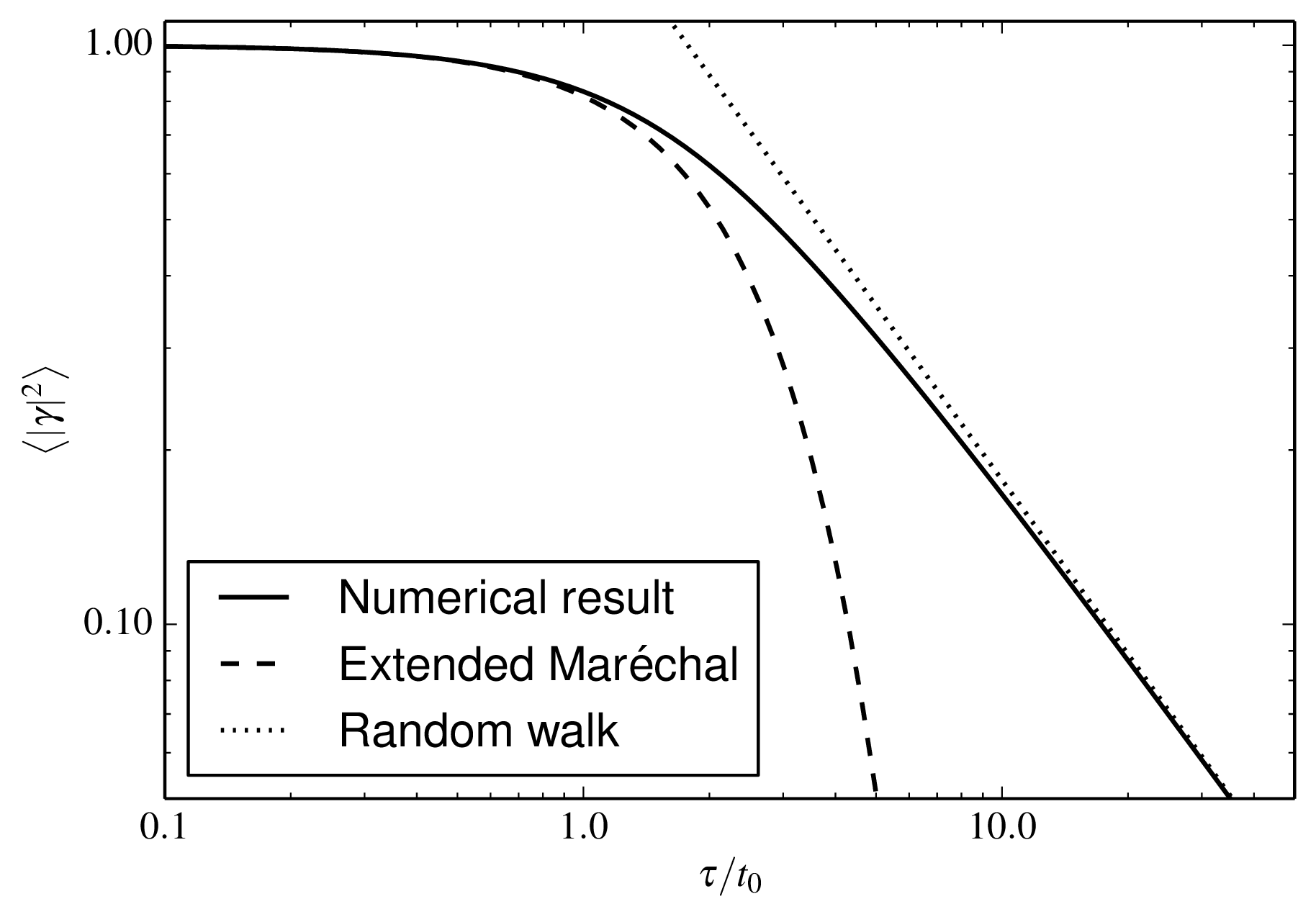 |
Figure 3.8:
The mean squared visibility loss 〈 |γ|2 〉 as a function of exposure time τ. Also shown are approximate expressions for large and small τ. Python file: vistime.py
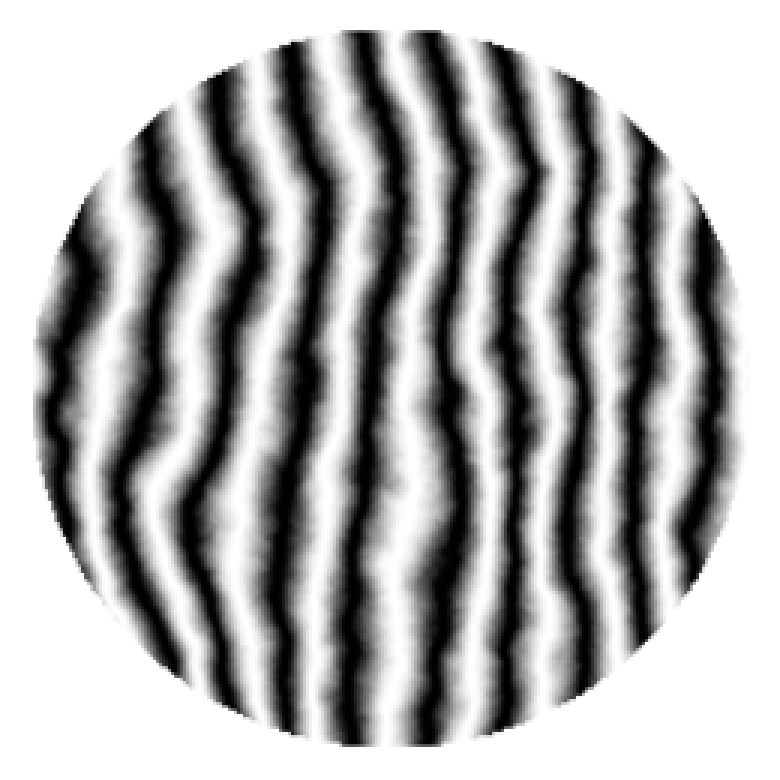 |
Figure 3.9:
A simulated pupil-plane fringe pattern in the presence of atmospheric phase perturbations. Python file: fringedistortions.py
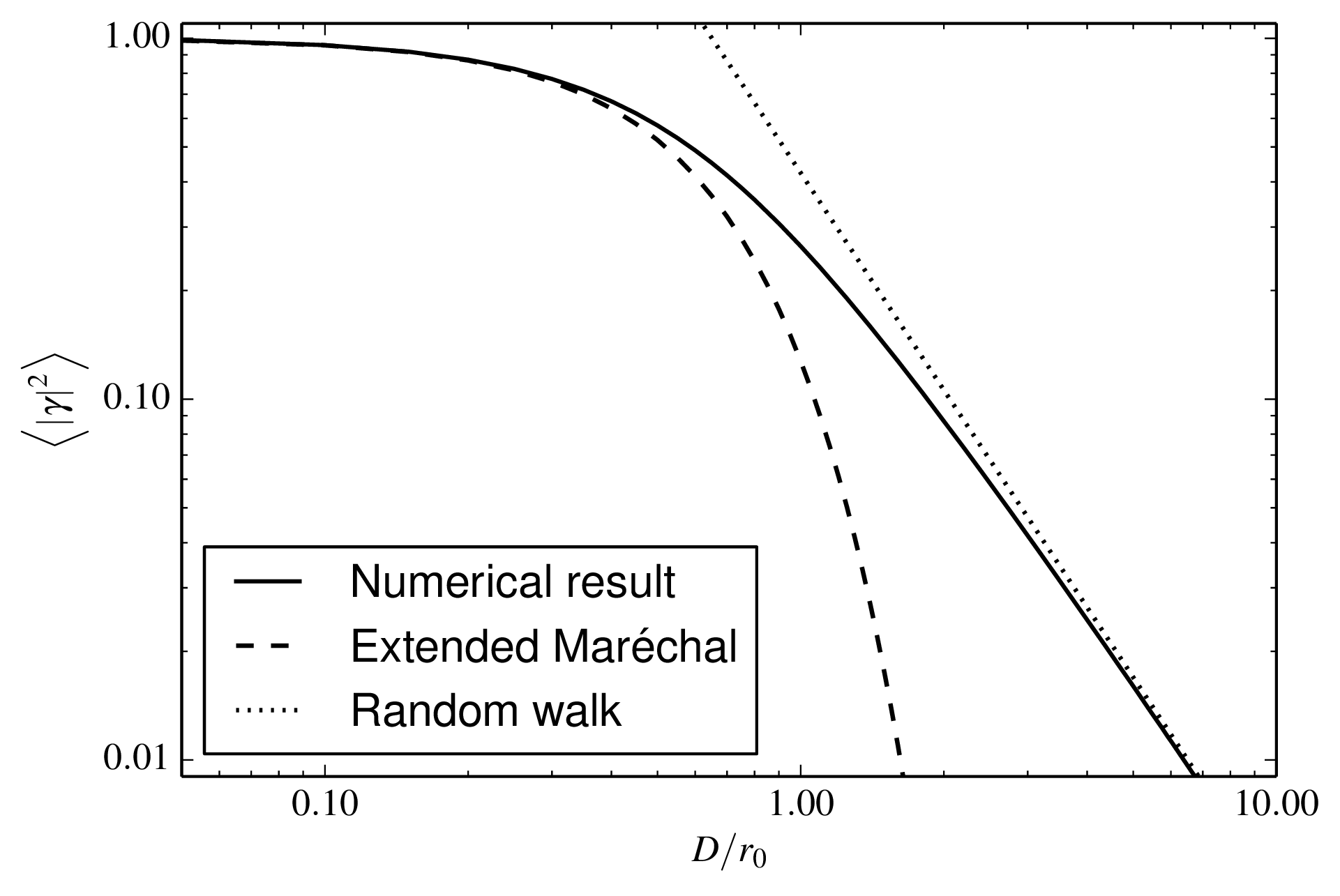 |
Figure 3.10:
The mean squared fringe visibility loss 〈 | γ|2 〉 as a function of aperture diameter D for a pair of well-separated circular apertures in Kolmogorov turbulence. Also shown are approximate forms for 〈 | γ|2〉 when D << r0 and D >> r0 Python file: uncorrected.py
 |
Figure 3.11:
Schematic diagram of an adaptive optics system on a telescope SVG file: AO.svg
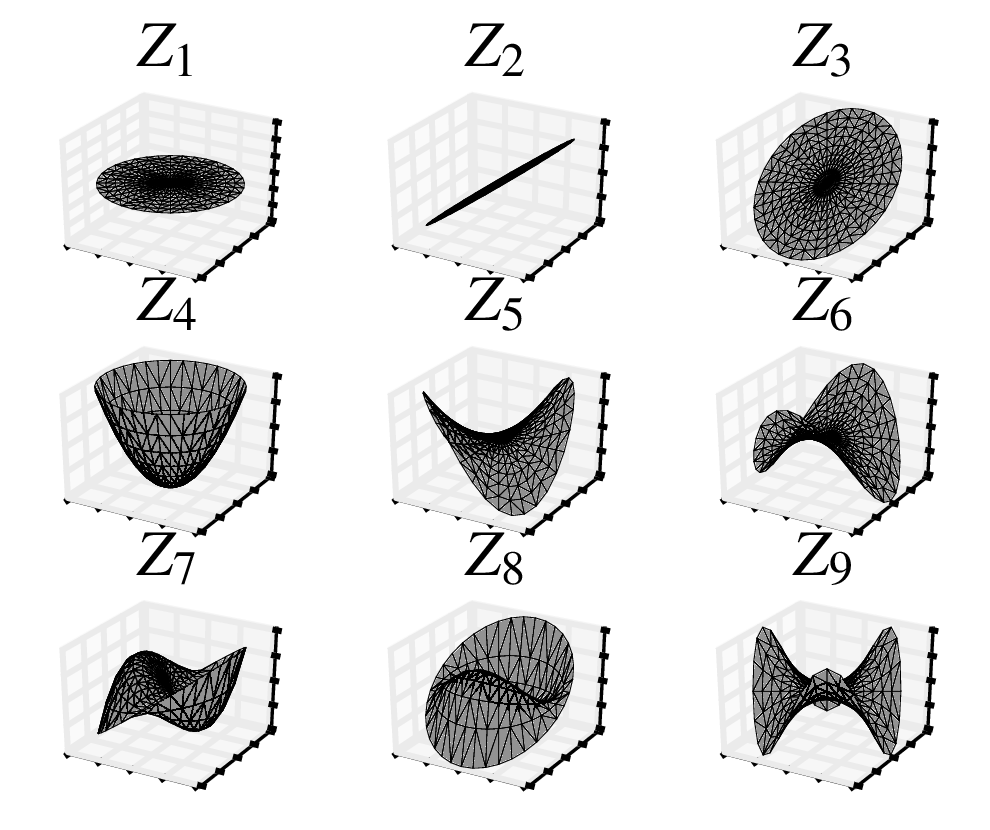 |
Figure 3.12:
Surface plots of the lowest order Zernike polynomials. Python file: zernikesurface.py
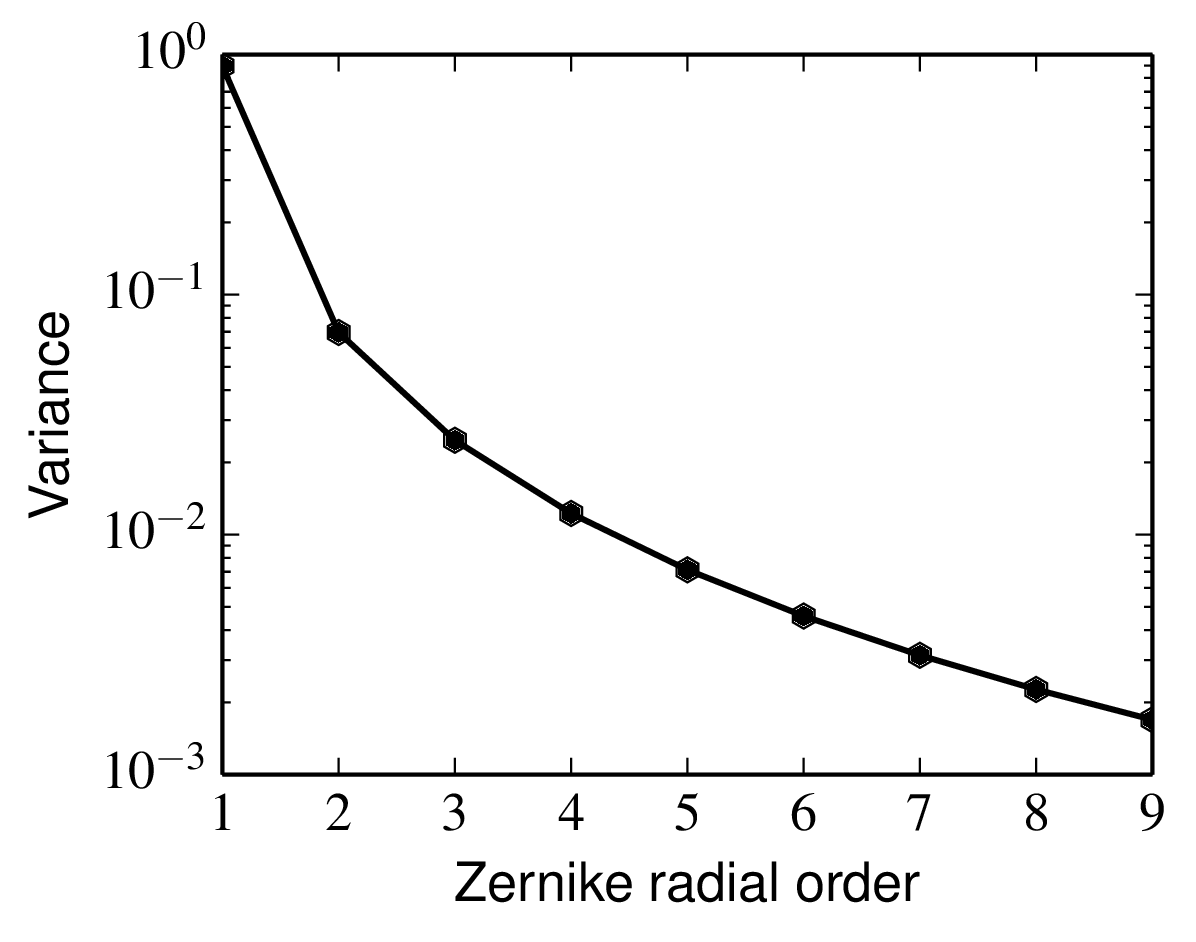 |
Figure 3.13:
The variance of the coefficients of the Zernike modes in the wavefront perturbations produced by Kolmogorov turbulence. The variances for all modes with the same radial order are the same []; what is plotted is the total wavefront variance contributed by all n+1 modes corresponding to a given radial order n. The variance is plotted for an aperture diameter of D/r0=1 and scales as ( D/r0 )5/3. Python file: nollvariance.py
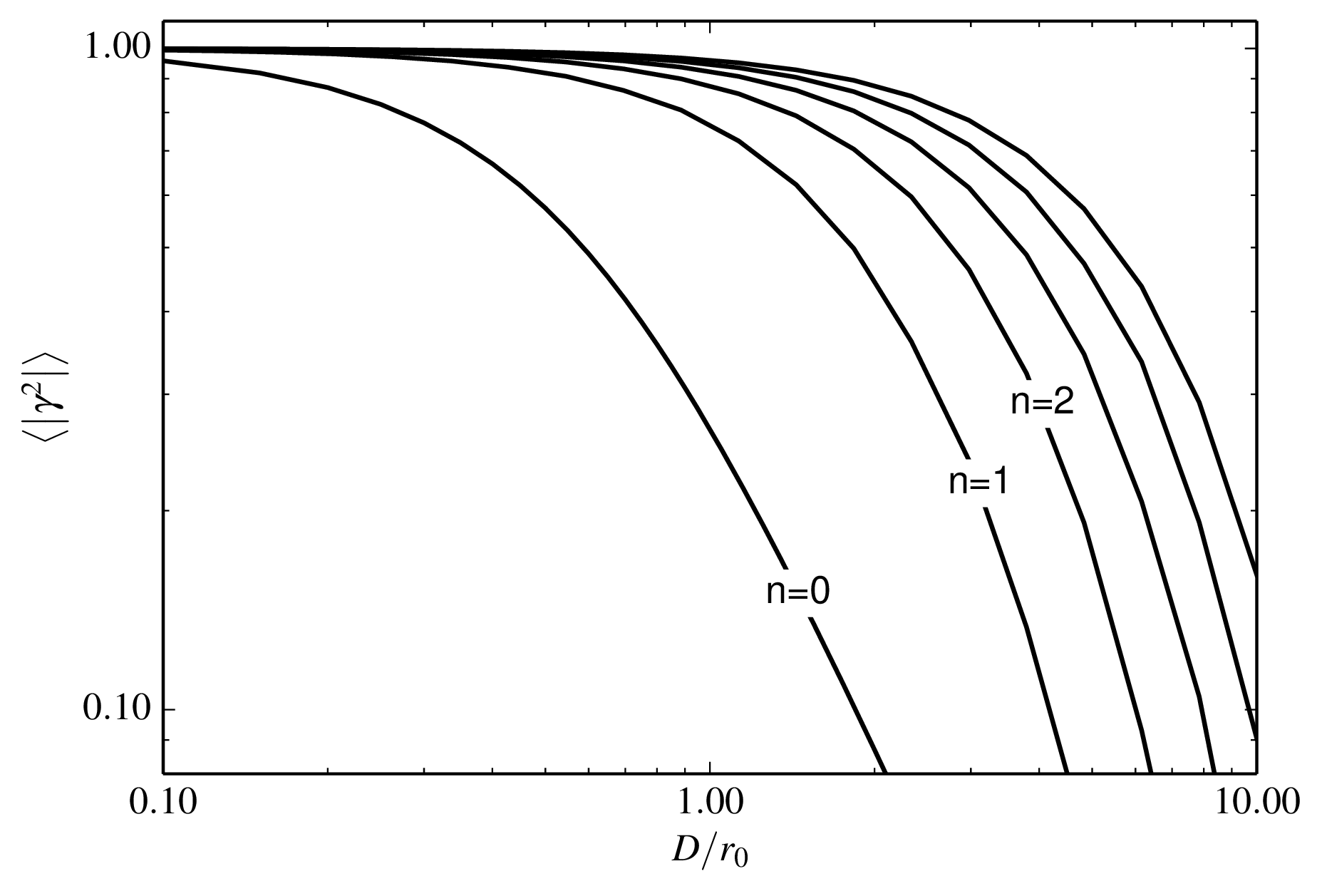 |
Figure 3.14:
The mean squared visibility loss 〈 |γ|2 〉 as a function of aperture diameter D for an interferometer with an AO system at each telescope. AO systems which remove increasing numbers of low-order wavefront modes are shown and are labelled by the maximum Zernike radial order n corrected. An interfermeter with no correction (n=0) is also shown for comparison. Python file: aovisibility.py
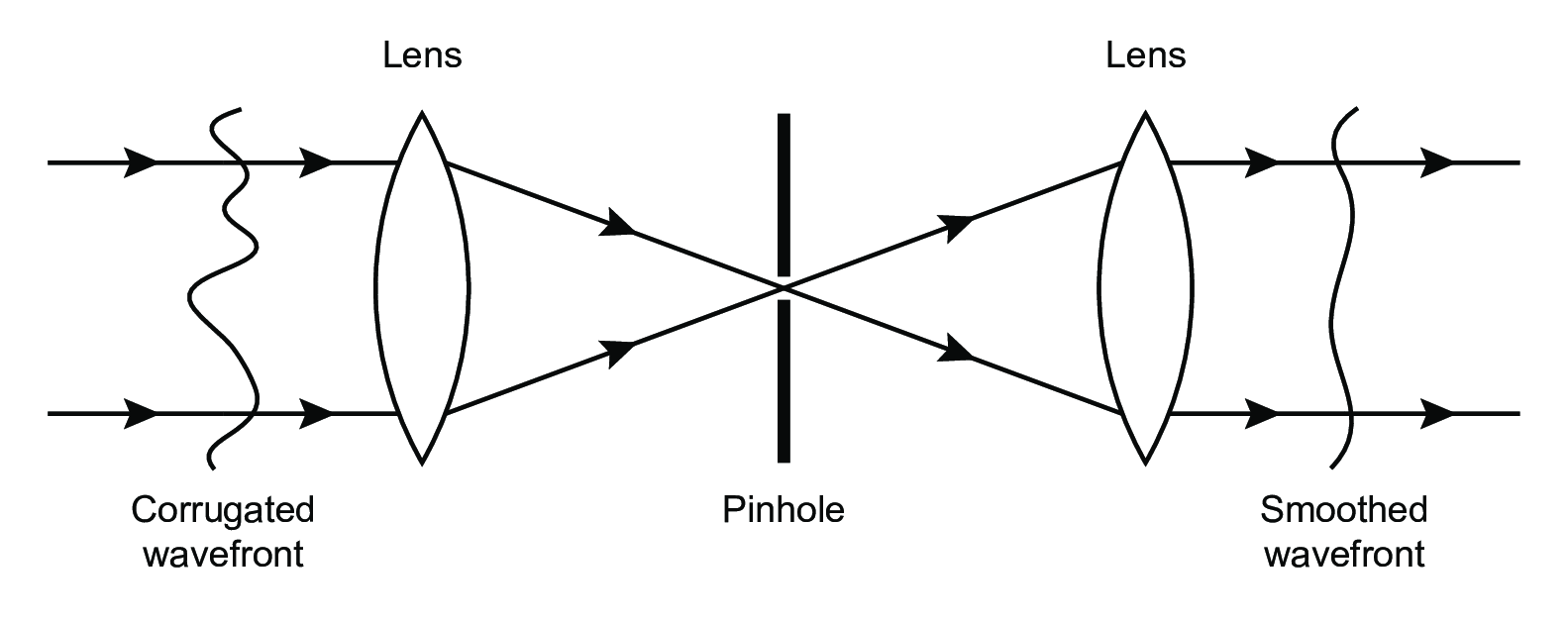 |
Figure 3.15:
Layout of a spatial filtering arrangement using a pinhole. SVG file: pinhole.svg
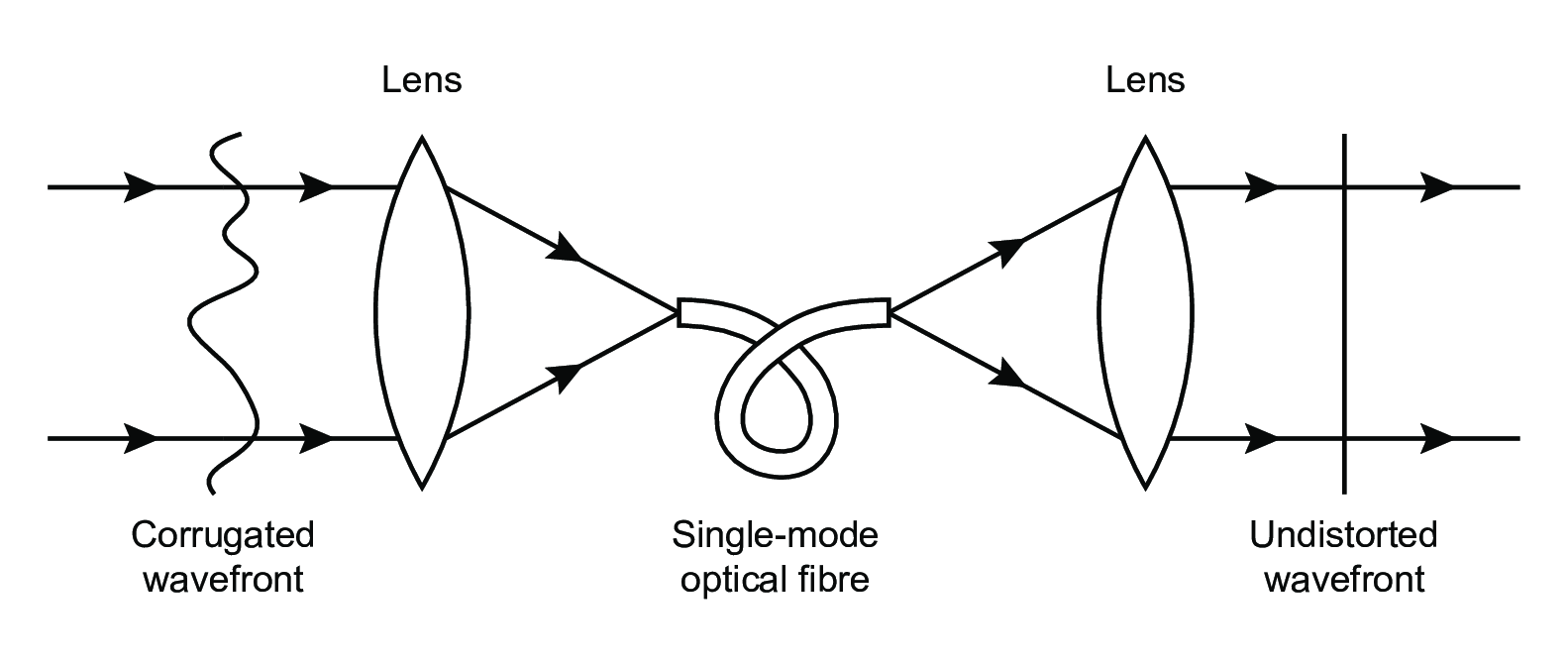 |
Figure 3.16:
Layout of a spatial filtering arrangement using a single-mode optical fibre. SVG file: monomode.svg
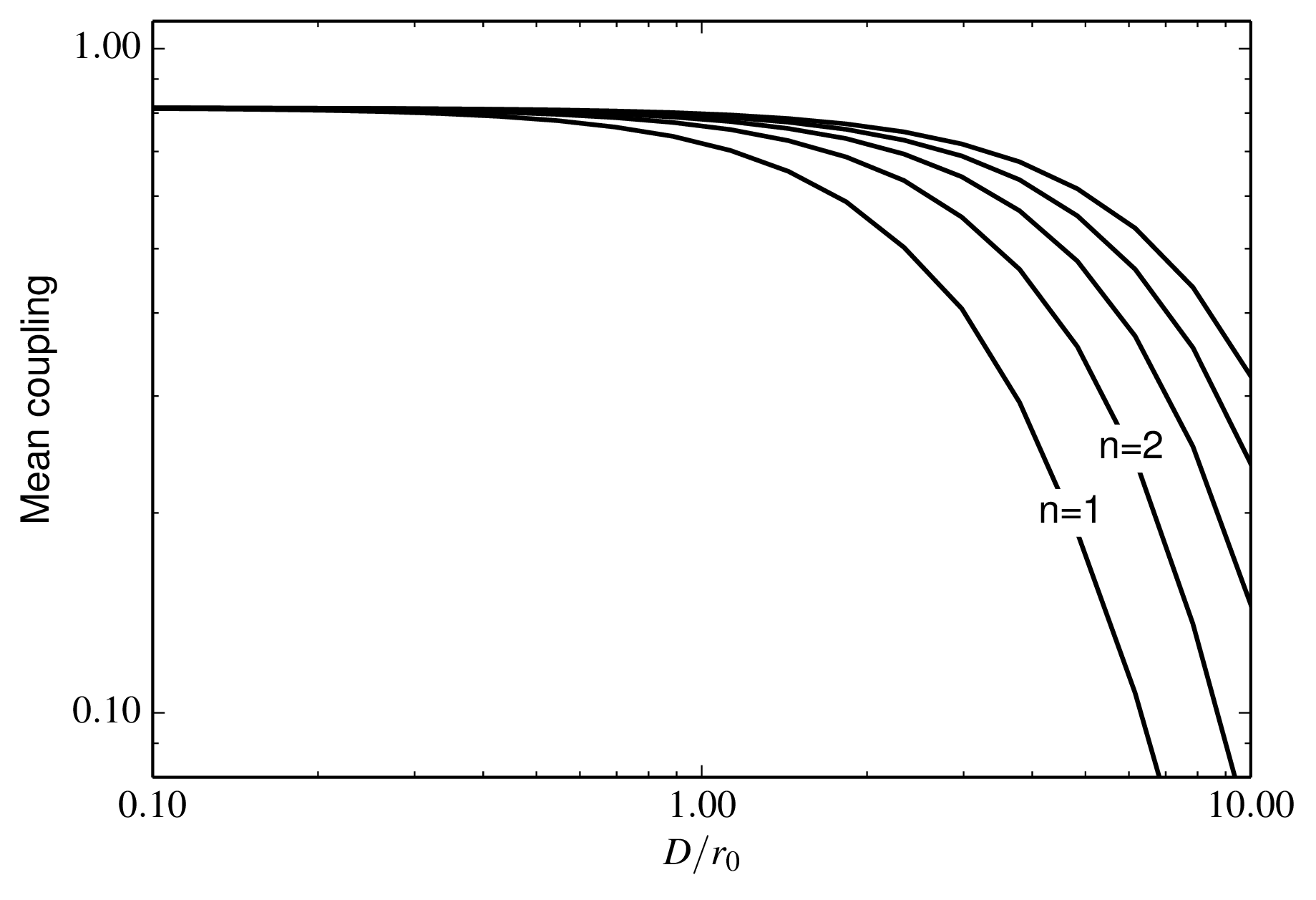 |
Figure 3.17: Fraction of starlight coupling into a single-mode fibre spatial filter as a function of the size of telescope for different levels of adaptive correction. The maximum Zernike radial order n removed by the adaptive optics system is indicated for each graph. The fibre mode is assumed to have a far-field pattern which is Gaussian in shape and has a 1/e radius which is 0.9 times the radius of the beam from the telescope: this choice gives approximately optimal coupling. Python file: aofiber.py
|
|
Figure 3.18: Example layout for an interferometer with a separate fringe-tracking beam combiner and science beam combiner. SVG file: fringe-tracker-science.svg
